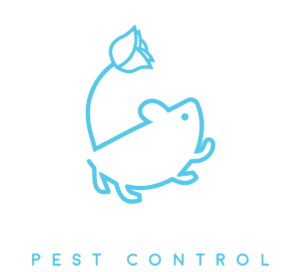Fly Control

Fly Control in Pasadena: The Common Flies
Flies are more than just annoying pests buzzing around your home—they can spread diseases and contaminate food. In Pasadena, several species are particularly common, including house flies, blow flies, drain flies, fruit flies, fungus gnats, and phorid flies. Each type of fly brings its own set of problems, so it’s essential to understand what you’re dealing with to take the proper action.
Signs of a Fly Infestation
Flies can quickly multiply, and even a small infestation can get out of hand if not addressed promptly. Here are the most common signs you have a fly problem:
- Persistent buzzing or sighting of flies: If you consistently see multiple flies indoors, it’s a sign of an infestation.
- Fly larvae (maggots): Finding maggots in your trash, drains, or decaying food means flies are breeding.
- Tiny, hovering flies near sinks, drains, or plants: Small flies, like drain flies or fungus gnats, often hover near their breeding sites.
- Fly droppings: Small black specks, typically on walls, windows, or surfaces where flies land.
Now, let’s dive into the different types of flies you might encounter in Pasadena.

How Flies Are Introduced into Your Home
Different flies have different preferences for how they enter and thrive inside your home. Here’s how each of the common flies in Pasadena sneaks in:
The Common Flies in Pasadena Homes
1. House Flies (Musca domestica)
House flies are the most common fly species found in homes worldwide. They are about ¼ inch long, with gray bodies and distinctive dark stripes on their thorax. These flies are notorious for spreading bacteria and diseases, as they feed on decaying organic matter, garbage, and food waste.
- Preferred Habitat: House flies thrive in areas with easy access to food and waste. They often enter homes through open windows or doors.
- Health Risks: House flies can transmit diseases like salmonella, E. coli, and cholera by contaminating surfaces and food.
2. Blow Flies (Calliphoridae)
Blow flies are slightly larger than house flies and are easily recognized by their metallic green, blue, or black bodies. They are often found near decaying meat or animal carcasses, where they lay their eggs.
- Preferred Habitat: These flies are attracted to dead animals, garbage, and rotting organic matter.
- Health Risks: Blow flies can contaminate food and surfaces with bacteria, posing a health risk, especially in kitchens or outdoor cooking areas.
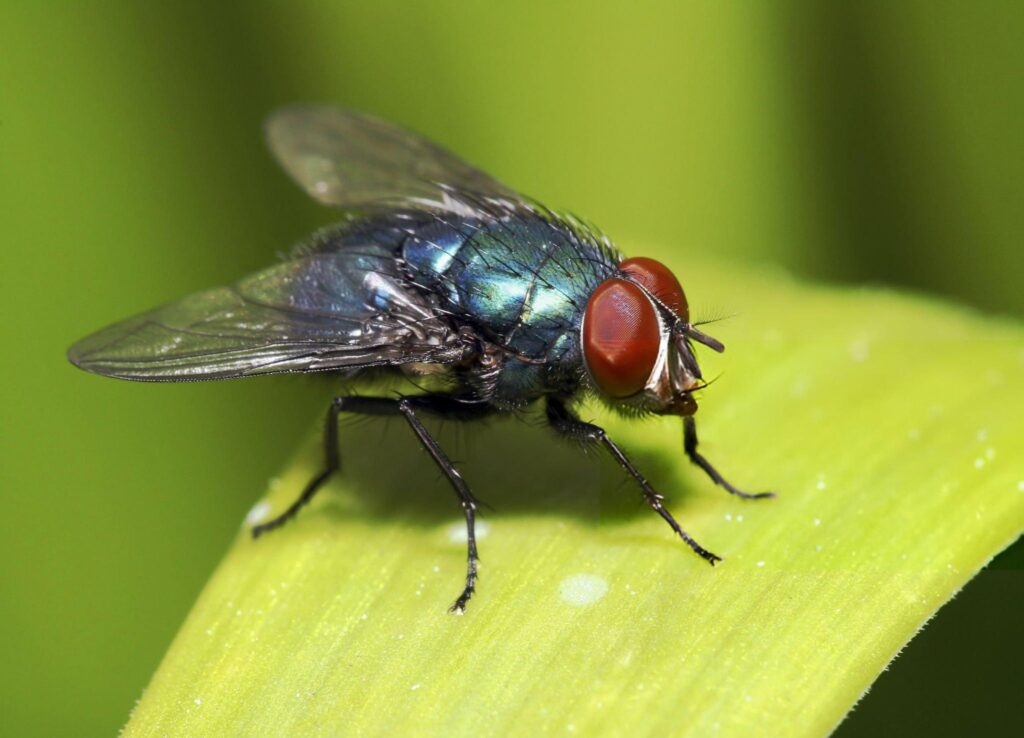

3. Drain Flies (Psychodidae)
Also known as sewer flies or moth flies, drain flies are tiny (about 1/8 inch long) and have fuzzy, moth-like wings. They are often found in bathrooms and kitchens, where they breed in the organic matter that accumulates inside drains.
- Preferred Habitat: Drain flies thrive in moist environments, particularly in pipes, drains, and standing water.
- Health Risks: While not as hazardous as other flies, drain flies can still be a nuisance and indicate poor sanitation or drainage issues.
4. Fruit Flies (Drosophila melanogaster)
Fruit flies are tiny (about 1/8 inch) with brown or tan bodies and bright red eyes. They are most commonly found around ripening or rotting fruits and vegetables.
- Preferred Habitat: Fruit flies breed on decaying produce, sugary substances, and overripe fruit. They can also be found around drains, trash cans, and recycling bins.
- Health Risks: Fruit flies can carry bacteria from decaying food to clean surfaces, which can lead to contamination of your food.
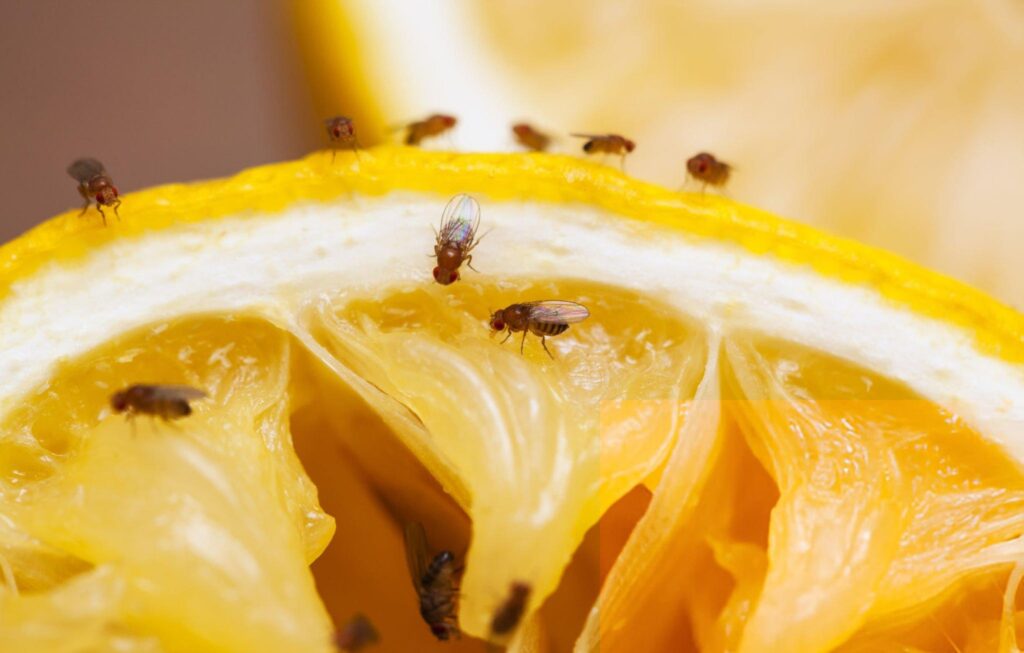
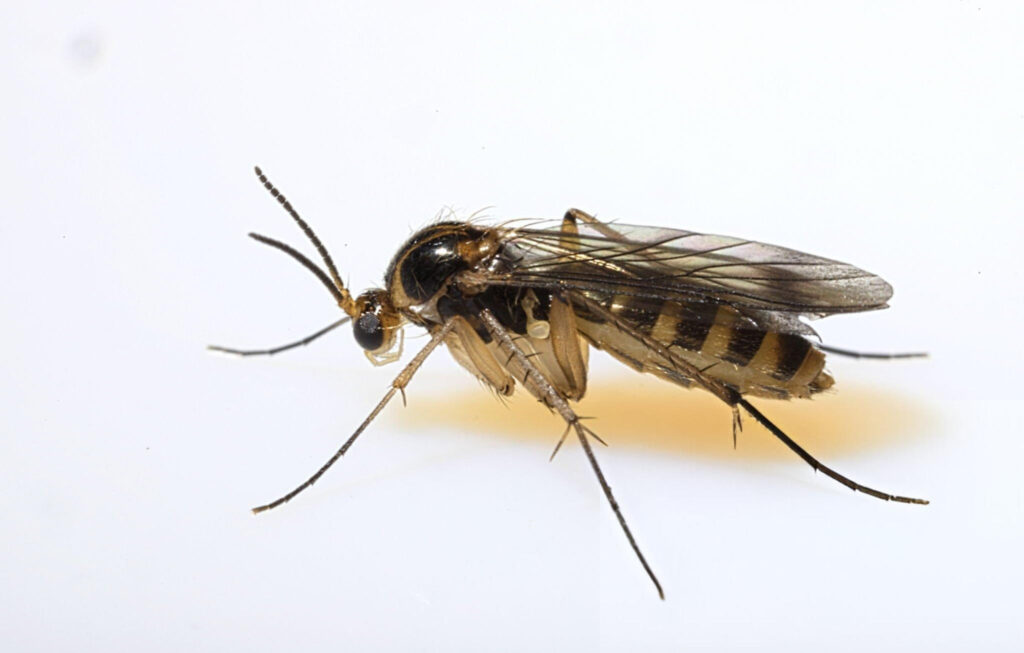
5. Fungus Gnats (Sciaridae)
Fungus gnats are small, dark flies (about 1/16 to 1/8 inch) often mistaken for fruit flies. However, unlike fruit flies, fungus gnats are more likely to be found around houseplants. Their larvae feed on fungi, decaying plant matter, and the roots of plants.
- Preferred Habitat: Fungus gnats are attracted to moist soil, particularly overwatered plants and areas with poor drainage.
- Health Risks: Though fungus gnats don’t spread diseases, they can damage houseplants by feeding on their roots, leading to stunted growth or plant death.
6. Phorid Flies (Phoridae)
Phorid flies, sometimes referred to as “humpbacked flies,” are small (about 1/16 to 1/8 inch) and are known for their characteristic rapid, erratic movement. They thrive in decaying organic matter, particularly in areas with poor sanitation or clogged drains.
- Preferred Habitat: Phorid flies are commonly found in drains, trash, or any area where organic matter accumulates. They are also often associated with sewer systems and can breed in damp environments.
- Health Risks: Phorid flies can carry disease-causing pathogens, making them a potential health threat, particularly in food preparation areas or anywhere sanitation is compromised.

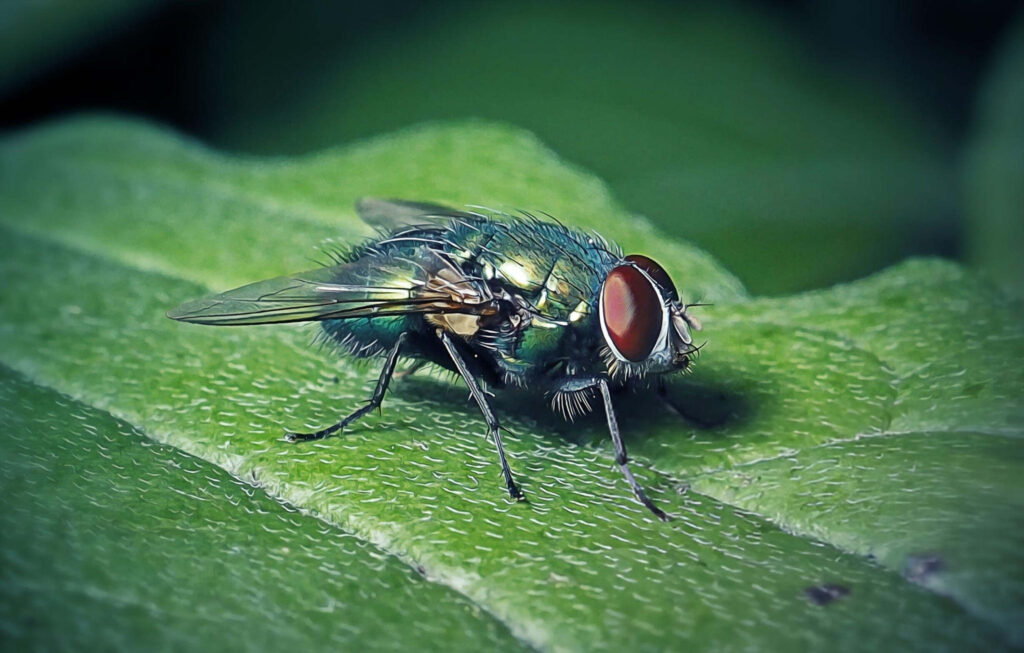
Dangers Flies Pose
Flies are more than just a nuisance. Here are some of the dangers associated with a fly infestation:
- Spread of diseases: House flies, blow flies, and phorid flies are known to spread diseases like salmonella, dysentery, and typhoid fever. They pick up pathogens from rotting food, garbage, and fecal matter, then transfer them to your food or kitchen surfaces.
- Food contamination: Flies feed on a wide range of materials, from human food to decaying organic matter. When they land on your food, they can regurgitate digestive fluids, contaminating it with bacteria.
- Plant damage: Fungus gnats pose a threat to houseplants, as their larvae feed on the plant roots, causing damage that can lead to wilting or plant death.
Fly-Conducive Conditions in and Around the Home
To understand why flies may be drawn to your home, consider these common conditions that attract them:
- Decaying organic matter in garbage cans, compost piles, and pet waste.
- Standing water in clogged drains, birdbaths, or plant saucers.
- Overripe fruit and vegetables left out on countertops or not stored properly.
- Poorly sealed trash cans that allow flies to access food waste.
- Overwatered houseplants that create a moist environment for fungus gnats.
- Leaky faucets and drains that provide the moisture needed for breeding.
10 Interesting Facts About Flies
- Flies taste with their feet: They can detect sugars on surfaces using sensors in their feet.
- House flies can lay up to 500 eggs in a lifetime, which hatch into maggots in as little as 24 hours.
- Flies regurgitate on solid food before eating it, as they can only ingest liquid.
- Blow flies can smell decaying meat from as far as a mile away.
- Flies are some of the fastest insects, with some species flying at speeds up to 5 miles per hour.
- Drain flies can live in harsh environments, including inside sewer systems.
- Flies have compound eyes that give them a nearly 360-degree field of vision.
- Some flies pollinate plants, though they’re not as efficient as bees.
- Fungus gnats help break down organic material in nature, but they become pests indoors.
- Phorid flies can squeeze through the smallest cracks, making them difficult to keep out of homes.
Tips for Controlling Fly Infestations
To manage and prevent fly infestations, follow these practical tips:
- Keep windows and doors closed or install screens to keep flies out.
- Empty garbage regularly and use sealed trash bins to prevent flies from laying eggs.
- Clean drains regularly with drain cleaners to remove organic buildup.
- Store food properly in airtight containers to reduce the risk of fruit flies.
- Water plants sparingly and use well-draining soil to avoid creating a breeding ground for fungus gnats.
- Fix leaky pipes and address moisture issues in bathrooms and kitchens.
- Use fly traps or sticky strips to catch flies in high-activity areas.
- Clean up food spills and crumbs promptly to avoid attracting flies.
- Keep compost piles covered and away from the house to minimize fly activity.
- Hire professional pest control for larger infestations or hard-to-reach breeding sites.
Why It's Best for Professionals to Handle a Fly Infestation
Flies may seem like a minor annoyance, but their ability to spread disease and reproduce quickly makes them more dangerous than you might think. Professional pest control services can identify the source of the infestation, apply targeted treatments, and provide long-term prevention to keep flies out for good.
Questions Others are asking
We ❤️ love helping new customers! Don’t see your question answered below? Call us and we’ll
be happy to provide more information.
be happy to provide more information.
Flies are attracted to food, garbage, and organic matter. They can enter through open windows, doors, or cracks.
Flies can spread diseases such as salmonella, E. coli, and other pathogens that cause foodborne illnesses.
Keep the house clean, use screens on windows, and dispose of trash regularly. Fly traps and repellents can also be effective.
